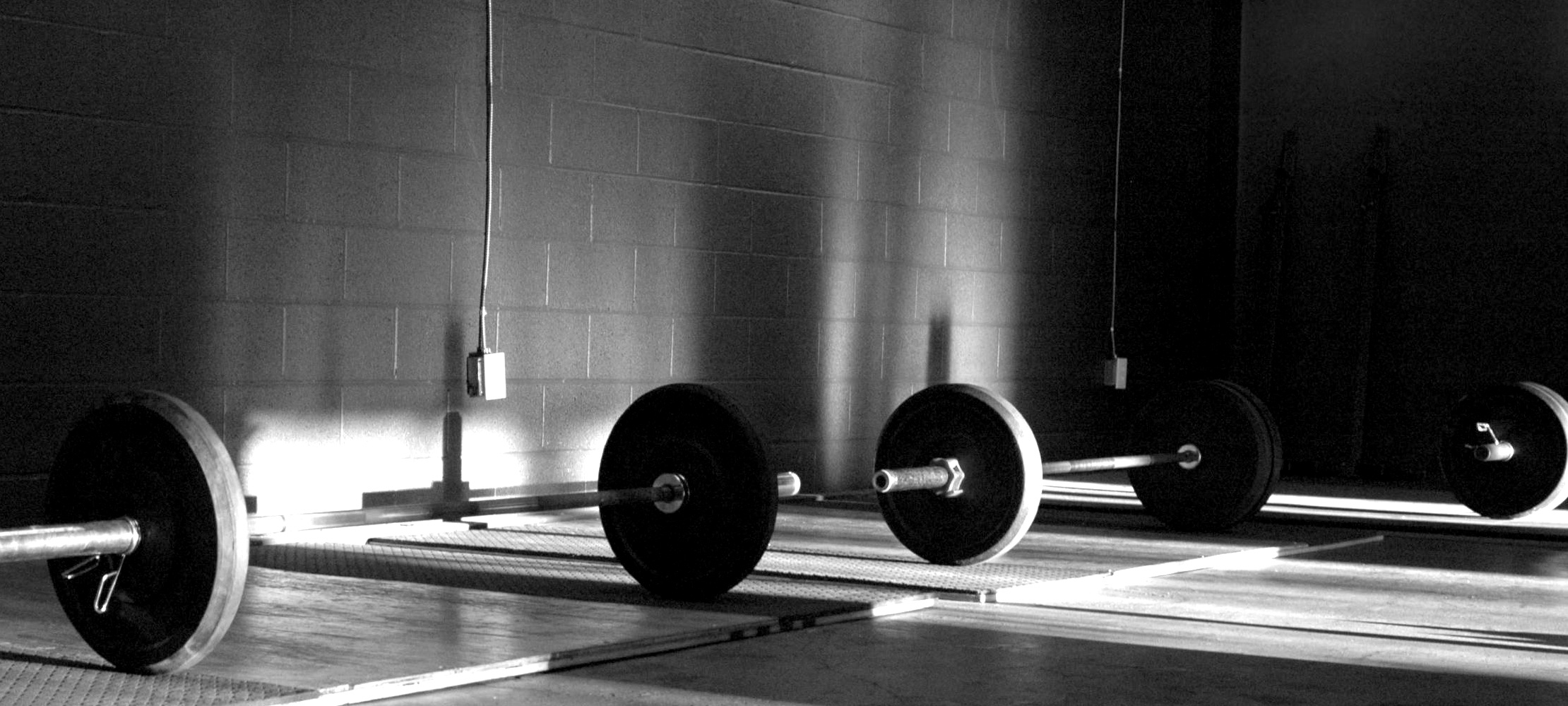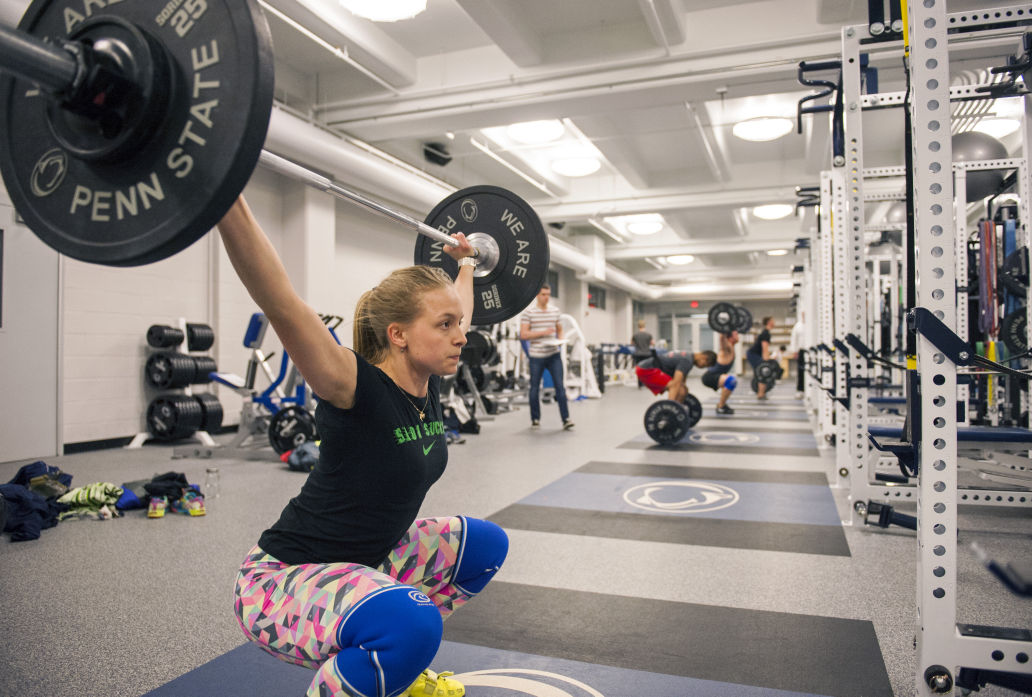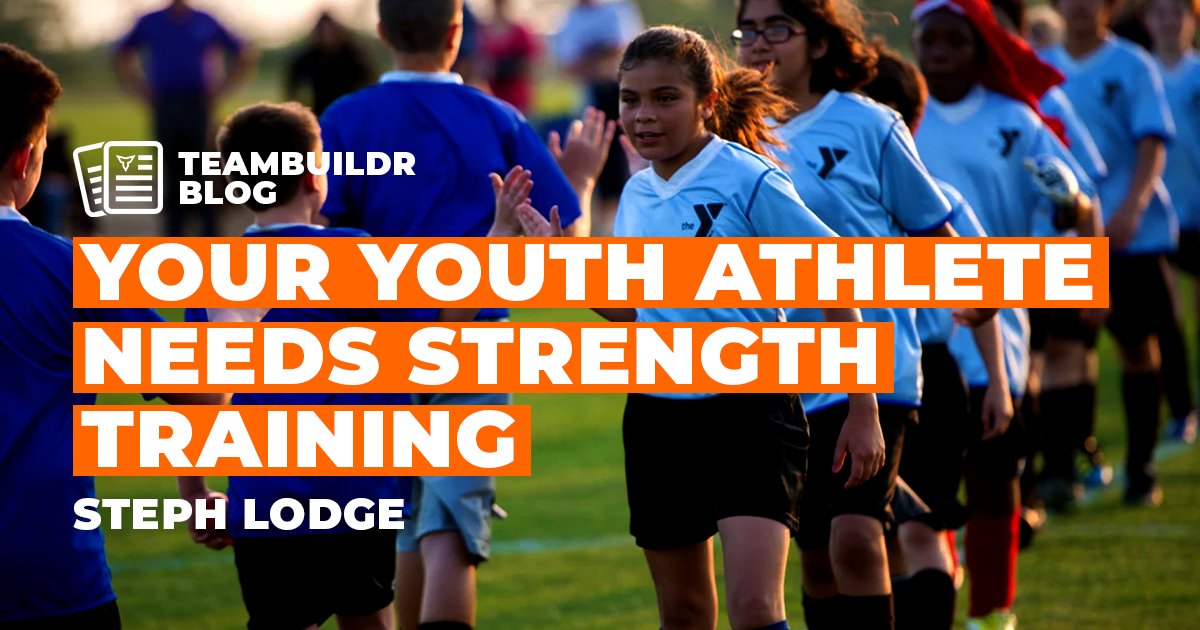By April, softball season is about halfway finished during high school, but that means for many it is just their first season without much of a break in between. In Ohio where our facility, Showtime Strength & Performance, is located, many of our girls will be “in season” from now until October or November with a week break sparingly in between. With that being said, how can we continue to work with these softball players when their season has expanded to 6-8 months out of the year?
This is obviously a very important period of time when it comes to strength training and preventing injuries, and if they miss out on the time, they will eventually fall behind compared to others they're playing against. We need to be sure we continue to make progress with each athlete despite having to work around practice and game schedules for a majority of the year. Below are some of the softball strength and conditioning strategies we have found useful for our in season softball players. They have allowed our athletes to get stronger and faster in season, leading them to an increase in performance year round with little to minimal drop at any point.
Strength Training
First we will look at strength training, as we feel it is the most important due to the fact that softball is generally played as an anaerobic (without oxygen) activity. If you watch a high school or college game, most plays are under 5 seconds. We use this to dictate our main strength training exercises. In doing this, we need to keep the intensity high, but reduce the volume during in season. When we say intensity of an exercise, it means a higher % of the athlete’s max, but lower rep ranges. We will use dynamic effort waves of approximately 50/55/60% of their max, plus the use of accommodating resistance (bands or chains). Our max effort movements in season will be 1-2 reps and we will generally use accommodating resistance on these movements as well to reduce soreness in season. We will talk more about accommodating resistance later in this article. The dynamic effort work will help athletes with several things:
- Improved Rate of Force Development- How fast an athlete can develop force
- More first reps- Think at-bat. Each swing is a rep
- Shorter/Longer Rest Periods- Easier to push an athlete work capacity by challenging rest periods
- Build Volume- In doing so, we get needed work without undated soreness of higher rep sets. Using max effort training in season can be tricky and we will usually plan that around their practice or game schedule, and by talking to them and seeing how they feel on that day. There are days to push for new PRs, and there are days to train and move on. By effectively communicating with athletes, we can find the best path for them to improve strength. Max effort training benefits are:
- Raises Absolute Strength
- Recruits more motor units than any other method
This is the basis of our in season softball strength training. By doing so, we will be able to train consistently without stagnating or going backwards in strength. The volume on max effort training needs to be dropped because the intensity is higher.
Sprinting/Conditioning
We will generally either cut out sprint work altogether or keep it very low volume on sprint work in season. By this time, the practices and games should be meeting the needs of their sprint work for their sport. By doing more of this, we could potentially interfere with recovery and hinder on-field performance. We are lucky our athletes have several low impact options for softball conditioning workouts if they would like to add some in on an off day. We will not use longer runs or hard sled pushes or bodyweight circuits in this time. Here are some examples of sprints we have done in season”
- 10 yard sprint
- 20 yard sprint
- 5/10/5
- 4 Cone
Each of these will be performed 4-10 times, but athletes are monitored very closely to ensure they’re getting full recovery.
Here are some low impact conditioning we will use with softball players in season:
- Sled Drags (forward, backward, karaoke, wide leg)
- Belt Squat March (use dip belt and band or db if no belt squat)
- Battle Ropes (any variation)
- Farmers Walk
The use of these exercises should be active record, not “finisher” type exercises. Coaches should closely monitor and talk with the athletes to make sure they’re getting recovered between sets.
Box Squat, Floor Press/Board Press, and Deadlift w/weight on Mats
Our athletes will primarily box squat throughout the year already, but once season hits, that will be the main form of squatting. We use a box squat for a number of reasons:
- Reduce soreness (break eccentric/concentric chain) and because athletes will use less weight. A box squat should be around 80-85% of a max free squat
- Always hit depth
- Sit back further (builds hamstrings)
- Takes pressure off Knees
- Increase Hip Mobility (tight hips-start high and drop 1-2 inches each week)
Floor Press- Elbows touch ground and there will be 2-3 inches from the chest. This will also be less weight than a regular bench press
Board Press- Similar to box squat, can be used to improve technique and work down each week, but also takes pressure off shoulders
Deadlift w/Weight on Mats or Pins- I use to think if the bar was higher, you would lift more because it was a shorter range of motion. When I got to Westside Barbell, I quickly learned I was wrong. But again, by elevating you can discover weak muscle groups without putting athletes in bad position. You can work down an inch or two each week as long as the desired technique is achieved.
Accommodating Resistance
This has been the biggest benefit to our athletes in season and off-season. Accommodating resistance helps:
- Teach tightness by giving feedback to the body
- Weight deloads in the bottom where the athletes aren't yet comfortable
- Teaches acceleration. If you don’t move faster than band or chain as it increases then you will miss lift
- Lighter Bar Weight. We have found by keeping the bar weight lower, the athletes aren't as sore as when just bar weight was used
Common areas of Concern
As strength coaches, we should always look at what muscle groups might be at risk for things like overuse and what areas might get neglected in the sport. We know softball is a rotational sport, generally in one direction. We also have to keep in mind the mechanics of the windmill pitching motion and for everyone else on the field, the overhand throwing motion. Our main areas of concern for our softball players are:
- Posterior shoulder (needs to be stronger and not restricted by throwing)
- Lats (We feel softball players should do bother vertical and horizontal pulls every time they train)
- Posterior Chain- The power all comes from the gluten, hamstrings, and lower back. These areas need trained heavy to help prevent ACL injuries but also to improve swing/throwing technique
- Core- More than the front ab muscles people think about. The core musculature is important for energy transfer in hitting, throwing, or base running. Without a strong core, we are asking to create dysfunction that will eventually lead to injury.
How do we know these are areas of concern for softball players? We had three of our high school players who previously had low back, elbow or shoulder injuries. By focusing on these areas they are now having the best season of their career and completely pain free. These are also three of the fastest girls we have train with us. Here were the biggest correlations we found in their softball weight training:
Athlete A- 225lb Squat (+45lbs), 8 Bodyweight Chin Ups (+3)
Athlete B- 265lb Squat (+60lbs), 8 bodyweight Chin Ups (+1)
Athlete C- 270lb Squat (+70lbs), 5 Bodyweight Chin Ups (+4)
The increase in squat and chin ups lead to great sprint times and overall strength. They have all continued with strength training in season and are playing better than before.
For any questions regarding these in-season softball training tips, please email me at nick@showtimestrength.com
Subscribe to our blog
Subscribe to receive the latest blog posts to your inbox every week.
Related posts

3 Steps to Acquiring Strength Training Software

How to Optimize Rest Between Weight Lifting Sets


